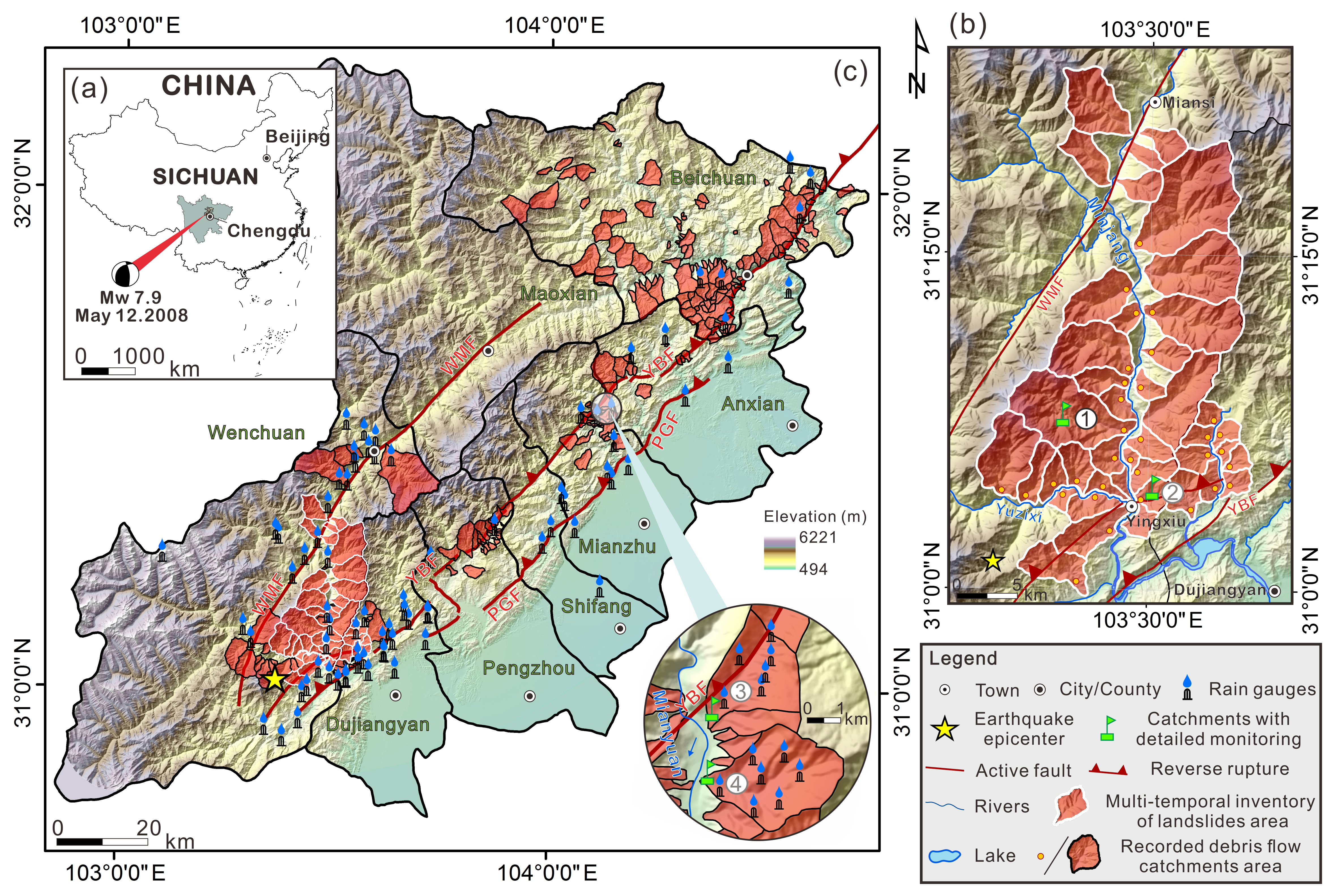Earthquake 3d Enhanced Edition V355

EARTHQUAKE 3D Enhanced Edition.
8) earthquake (North Aegean Trough): Spatiotemporal evolution, source and slip model from teleseismic data', Physics and Chemistry of the Earth, Parts A/B/C 95. Earthquake Engineering and Engineering Vibration 15:3, 575-589. (2016) Voltage dips detection in a system with grid-tie inverter. 2016 18th European Conference on Power Electronics and Applications (EPE'16 ECCE Europe), 1-10.
• 191 Downloads • Abstract Reliable analysis of low-energy earthquakes (microseismic) depends on how accurately one can detect and pick the arrival times, which are strongly influenced by the noise content. The study of microseismic events becomes even more challenging when the sensors are located on the surface because of the poor signal-to-noise ratio (SNR). Consequently, efficient and robust techniques for denoising microseismic data are necessary. In this study, we propose a method based on an infinite impulse response (IIR) Wiener filter. The proposed method uses statistics based on signal observations (noisy data) and the underlying noise, both recorded by various sensors. The method presented here precludes the need for statistics or prior knowledge of the signal of interest.
The second-order statistics of the noise and the noisy data are extracted from the recorded data only. Viper smps design software. As an advantage, in deriving the filter’s impulse response, no underlying structure of noise is assumed.
Therefore, our method works for various types of noise, e.g., uncorrelated, spatially correlated, temporally correlated, Gaussian and non-Gaussian noise. Hence, the proposed method can be suitable as well for microseismic data recorded in diverse seismic noise environments. The criteria used to optimize the filter impulse response is the minimization of the mean square error.
The proposed method is tested on synthetic and field data sets and found to be effective in denoising microseismic data with very low SNR ( (-~12 ) dB).
